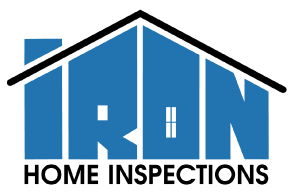From sealing cracks to insulating walls, homeowners do everything they can to maintain an energy-efficient home. However, modern, well-sealed properties can have inadequate airflow, leading to air quality issues like radon accumulation. Your living spaces should be comfortable and safe for you and your loved ones. Here are a few things to know about radon gas in the home and how to protect your family.
What is Radon?
Radon is a colorless, odorless, naturally occurring byproduct of the breakdown of uranium and other radioactive materials in soil. As radon deteriorates, it emits radiation, which can be harmful when inhaled. Radon levels vary from region to region, but the gas can seep through the soil and accumulate on the lower levels of buildings, especially those with little ventilation.
Health Effects of Radon Gas Exposure
Radon gas exposure is a health issue. Long-term exposure can cause lung cancer. According to the Environmental Protection Agency (EPA), radon is the second leading cause of lung cancer in the United States. Radon exposure is not something you will notice immediately, and it can take years before you experience health issues.
How to Test for Radon Gas in the Home
Radon gas testing is easy and inexpensive. You can buy a home test kit at your local hardware store or online. The kit includes a device that measures the radon levels in your home. Follow the instructions carefully and return the kit to the lab for analysis. If the results show a reading higher than the EPA-recommended limit of 4 pCi/L (picocuries per liter), take action to reduce the levels.
Alternatively, hire a professional to conduct the test. A knowledgeable professional has the equipment and experience to get the most accurate results.
Reducing Radon in the Home
Installation of a radon mitigation system is the most common way to reduce exposure. A mitigation system typically includes a ventilation pipe and fan to pull the radon from the soil and release it outside, keeping your living spaces free of the gas. Hire a mitigation professional to install the system correctly.
Other methods of reducing radon levels include sealing cracks and gaps in your home’s foundation, walls, and floors. Sealing gaps also improves your home’s energy efficiency and comfort levels. Sealing alone is insufficient to reduce high radon levels; a mitigation system is necessary.
Radon is a serious health issue affecting many homes nationwide, but testing the living spaces for the gas is easy. When necessary, mitigating high levels protects your family’s health. As a homeowner, you have a role in keeping your family safe from radon. Don’t hesitate to consult with a professional to address your concerns.
Iron Home Inspections offers inspection services to homebuyers and sellers in Wayne and Oakland counties. Contact us to request an appointment.

